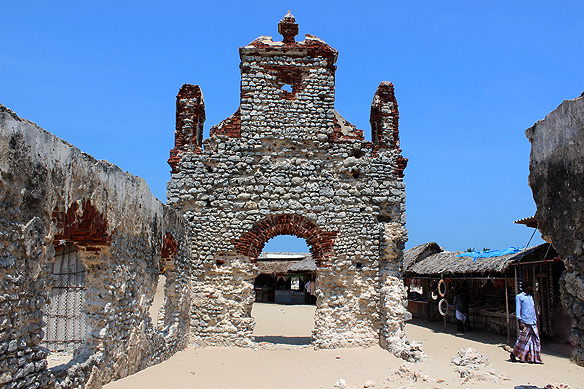What can one person do? A lot. Never underestimate the efforts of a single individual.
The above thought kept going inside my head, in a loop, as I was reminded of other feats achieved by individual collectors. Such as Dr. Kelkar’s mind-boggling collection of 21,000 artifacts at the Kelkar Museum in Pune and the Jung family’s quirky walking sticks collection at the Salar Jung Museum in Hyderabad.
Meanwhile, right here in Mumbai, myths, legends, epics, temple layouts, local deities, stories of Hindu gods and goddesses, and 1,300-year-old poet-saints filled the museum walls wherever I looked.
I was standing amidst two centuries of an art style unique to India: The Thanjavur style of painting. Sheathed in jewelled colours and gold leaf, the masterpieces from the classical cities of Thanjavur and Mysuru, glinted and shone in the soft light. Calm in the face of my hard-to-hide awe.
It would be safe to surmise they were used to humans being bowled over by their resplendent beauty. After all, it had been part of their job. They had spent their lifetimes adorning sacred temples and shrines, in the company of gods. Continue reading







